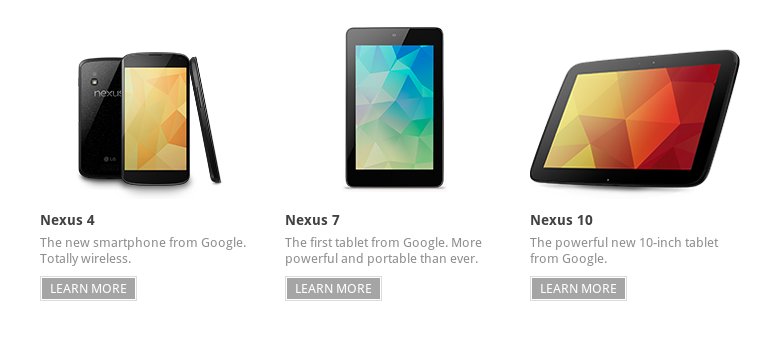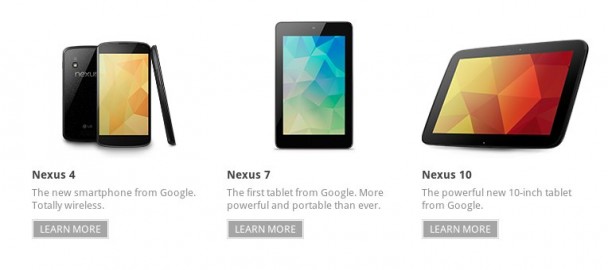Matius Duarte answers some burning questions about the new Nexus devices
One of the nice things about Google and the Android project is, that while they don’t always please everyone, they at least try to be open about why certain decisions are made. Sure, it is quite easy to argue that Android isn’t really an open OS, but in many ways it is the most open major platform on the market today. While not exclusively technical, Matias Duarte just opened up some of the decision making process behind a few of the controversial changes in the new Nexus devices on his Google+ page, and the reasoning behind the choices is quite interesting to see.
First off, he addressed the question of why Android 4.2 has gone back to the “phone interface” of Android with the notification shade at the top, instead of the combined lower navigation bar of Honeycomb. Andreas touched on the decision to include that interface with the Nexus 7, and came to the conclusion that the dual notification and navigation bars work better for a portrait device, and make notifications easier to manage on a smaller 7-inch device.
While this is similar to parts of Duarte’s answer, the Nexus 10 is obviously not a 7-inch device, so what is the reasoning for using the dual bar (we probably shouldn’t call it “phone style”) interface on the larger tablet? According to Duarte, the “new configuration is based on usability research we did on all of the different form factors and screen sizes that Android runs on.” In the end, the dual bar Jelly Bean interface “work[s] equally well for left handers and right handers, one handed use, or two handed use, and for devices you’re carrying, resting on your knee, or putting on the table. Last but not least, by unifying the design we are now able to put Notifications and Quick Settings right where you’d expect them, and only one swipe away.” So, while it may seemingly waste some screen space, it seems that Google finds the gains in usability worth the trade off.
Additionally, Duarte responded to the common complaint about Google eliminating microSD card slots from their devices. His response is simple: he says that SD card slots sound like a good idea, but “in reality it’s just confusing for users.” He goes on to talk about concerns over where information is stored, and how the user will manage it, coming to the conclusion that it is easier for users to select the amount of space they need when they buy a device.
It may sound like blasphemy to some of the more technical Android users, but this decision does make a lot of sense. Lots of people want Android to be simpler, and adding SD cards to internal storage can confuse users about where their files, media, and system files are. In addition, multiple user accounts means that file management with an SD card could get even more confusing, especially concerning permissions on the card, and what happens if a card used by multiple users is inserted in a tablet with different users. In short, there are a number of situations where the SD card would add just as much complication and confusion as utility. Still, I can’t say I don’t want an SD slot on my Nexus 7, even if was just for extra media.
Although everyone might not agree with his reasoning, it is quite interesting to hear from inside the decision making process behind some of the changes in the latest Android version. If nothing else, it gives an interesting insight into how the project works, and may curb some user’s complaints. You can find Matias’s full comments on his Google+ page, where many more questions have already been asked and will perhaps also be answered.
[Google+]


